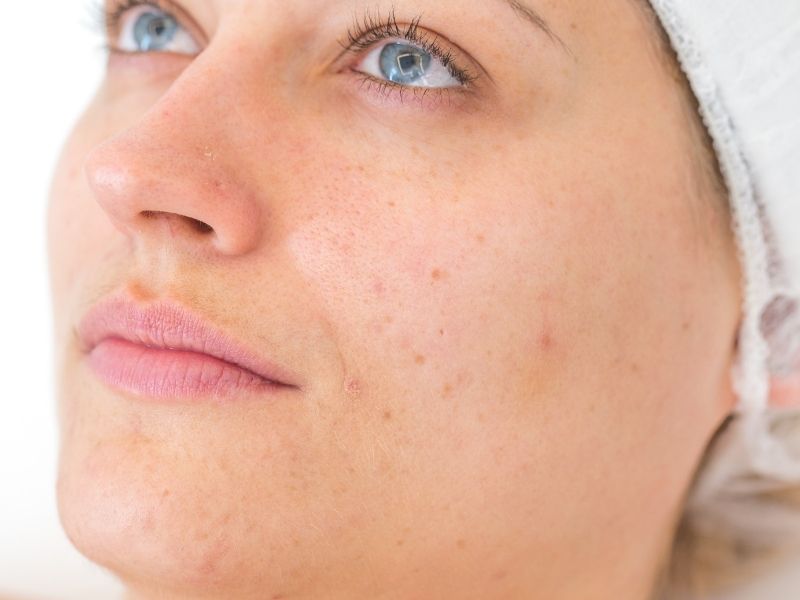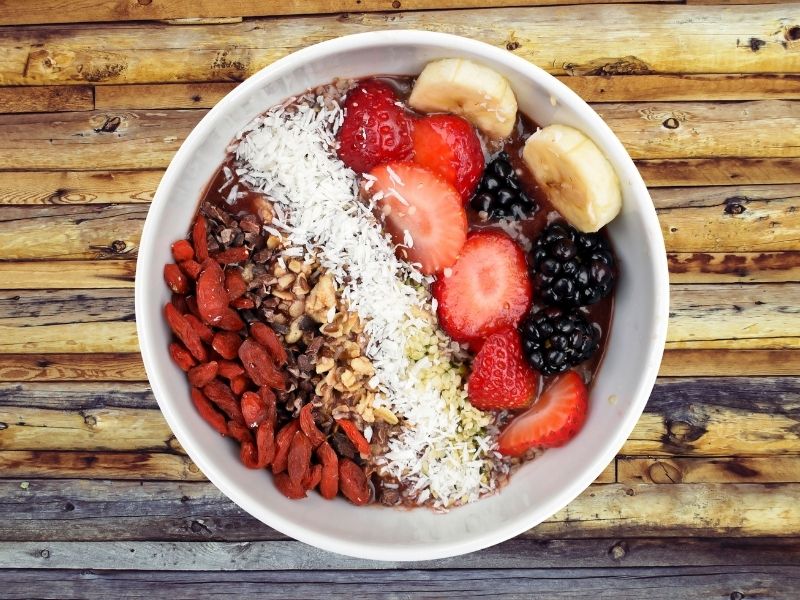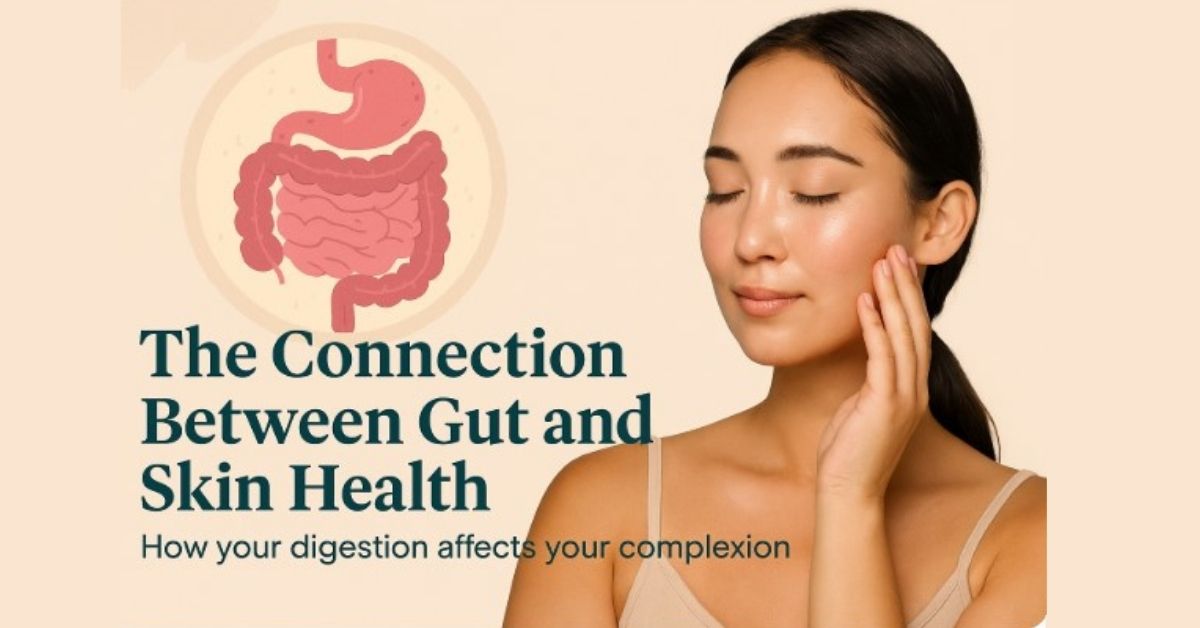Our skin is a mirror to what’s happening inside our bodies, and one of the most influential systems when it comes to radiant skin is our digestive tract. In this post, we’ll explore The Connection Between Gut Health and Skin Health, diving into the emerging science around the gut-skin axis and offering practical guidance to support both your digestive and dermatological wellness. Whether you’re navigating acne, rosacea, eczema, or simply seeking a healthy glow, the food you eat and the state of your gut play a crucial role.
Understanding the Gut-Skin Axis
The concept of the gut-skin axis refers to the dynamic communication network between your gastrointestinal tract and your skin. This connection operates through immune signaling, microbial balance, hormones, and even the nervous system. When your gut is healthy, it can help modulate inflammation, regulate immunity, and produce nutrients critical for skin health. When your gut is out of balance, it may trigger systemic inflammation and show up as flare-ups on your skin.
Your gut houses trillions of microbes (collectively known as the gut microbiome), which influence how well you digest food, absorb nutrients, and maintain immune health. These functions are directly tied to skin conditions. For example:
- Leaky gut, or increased intestinal permeability, may allow toxins to enter the bloodstream, leading to inflammation that manifests as acne or rosacea.
- Gut dysbiosis, or an imbalance in good and bad bacteria, can reduce your body’s ability to manage oxidative stress, leading to premature aging and dullness.
- Chronic inflammation stemming from gut issues is a known contributor to many skin disorders.
Science is only beginning to uncover the full extent of this connection, but centuries of holistic medicine have long observed that healing the gut can improve the skin.

Signs Your Skin Is Reacting to Gut Imbalance
Your skin often speaks before your gut screams. Here are some common skin symptoms that may indicate underlying digestive imbalance:
- Persistent acne or hormonal breakouts, especially along the jawline or cheeks
- Rosacea or skin flushing
- Eczema, psoriasis, or dermatitis
- Dry, flaky, or dull skin
- Premature signs of aging (fine lines, sagging, hyperpigmentation)
- Unexplained sensitivity or reactivity to skincare products

Healing Foods for a Healthy Gut (and Glowing Skin)
Supporting your gut through whole, nutrient-rich foods can dramatically improve your skin’s tone, clarity, and texture. These foods not only promote digestive harmony but also deliver essential vitamins, minerals, and antioxidants that feed your skin from the inside out. A well-nourished gut microbiome helps reduce inflammation, detoxify the body, and enhance nutrient absorption—all of which show up on your skin.
1. Fermented Foods
Fermented foods are probiotic powerhouses. They introduce beneficial bacteria into the digestive system, promoting microbial diversity and crowding out harmful pathogens that trigger inflammation.
- Yogurt (unsweetened, organic)
- Sauerkraut and Kimchi
- Kefir
- Miso and Tempeh
- Kombucha
2. Prebiotic-Rich Foods
Prebiotics are the dietary fibers that nourish your good bacteria. Think of them as fertilizer for your microbiome garden. Without prebiotics, probiotics can’t flourish.
- Garlic and Onions
- Leeks and Asparagus
- Bananas (slightly green)
- Jerusalem Artichokes and Chicory Root
3. Anti-Inflammatory Spices and Herbs
- Turmeric
- Ginger
- Cinnamon
- Fennel and Oregano
- Rosemary
4. Fiber-Rich Whole Foods
- Leafy greens
- Legumes
- Chia and Flax Seeds
- Berries
- Sweet Potatoes
5. Hydrating Foods
- Cucumbers
- Celery and Watermelon
- Coconut water
The Elimination Diet for Skin Clarity
If your skin is showing signs of imbalance—like persistent breakouts, redness, or irritation—your diet might be playing a role. The elimination diet is a short-term, intentional approach to uncovering hidden food triggers that could be contributing to skin issues such as acne, eczema, or rosacea. By removing common culprits and reintroducing them gradually, you can observe how your skin and body respond, giving you clearer insight into what truly supports your glow.
Step 1: Eliminate Common Triggers (3–4 Weeks)
Temporarily remove the following potential irritants from your diet:
- Gluten
- Dairy
- Soy
- Refined sugar
- Alcohol
- Caffeine
- Processed foods and additives
During this time, focus on nourishing your body with whole, anti-inflammatory foods that support both gut and skin health.
Step 2: Reintroduce Mindfully
After 3–4 weeks, begin reintroducing one food group at a time every few days. Pay close attention to your skin and overall wellness as you do. Ask yourself:
- Are breakouts or flare-ups returning?
- Am I experiencing digestive discomfort?
- Do I feel more fatigued or moody?
Any symptoms could point to a sensitivity.
Step 3: Personalize Your Diet
Use what you’ve learned to build a balanced, skin-supportive eating plan tailored to your body’s needs. By identifying and minimizing your personal triggers, you’ll be able to nourish your skin from the inside out—naturally and sustainably.
How to Build a Gut-Friendly Meal Plan
Morning
- Warm water with lemon or apple cider vinegar
- Probiotic-rich smoothie
Mid-Morning Snack
- Walnuts or pumpkin seeds
- Herbal tea
Lunch
- Quinoa bowl with greens, sweet potatoes, and fermented veggies
Afternoon Snack
- Fresh fruit with cinnamon
- Miso broth or bone broth
Dinner
- Wild-caught fish or lentil stew
- Root vegetables
- Greens sautéed in olive oil
Evening
- Chamomile or ginger tea
- Optional magnesium supplement
Ingredient Spotlight: Turmeric
Turmeric is a golden powerhouse when it comes to supporting both gut health and glowing skin. Its active compound, curcumin, is known for its potent anti-inflammatory and antioxidant properties, which can help calm skin irritation, reduce redness, and protect against premature aging caused by oxidative stress. Turmeric also supports the gut by soothing the digestive tract and promoting microbial balance, which in turn reflects in clearer, more radiant skin. If you’re looking for an easy and delicious way to incorporate turmeric into your daily routine, try my soothing Golden Tea—packed with skin-loving ingredients and perfect for your evening wind-down ritual. Get the recipe here.
Frequently Asked Questions
Can food really cause acne or rosacea?
Yes—certain foods can trigger inflammation and hormonal shifts that lead to skin flare-ups.
How long does it take to see skin improvement?
Improvements often begin in 4–6 weeks, with full changes taking up to 3 months.
Are probiotics necessary?
They can be helpful, especially after antibiotics, but are best combined with prebiotic-rich foods.
Healing Starts Within
Your skin tells a story that often begins in the gut. Nourish your microbiome and your skin will thank you. Healing is a journey—start small, stay consistent, and support your glow from the inside out.

